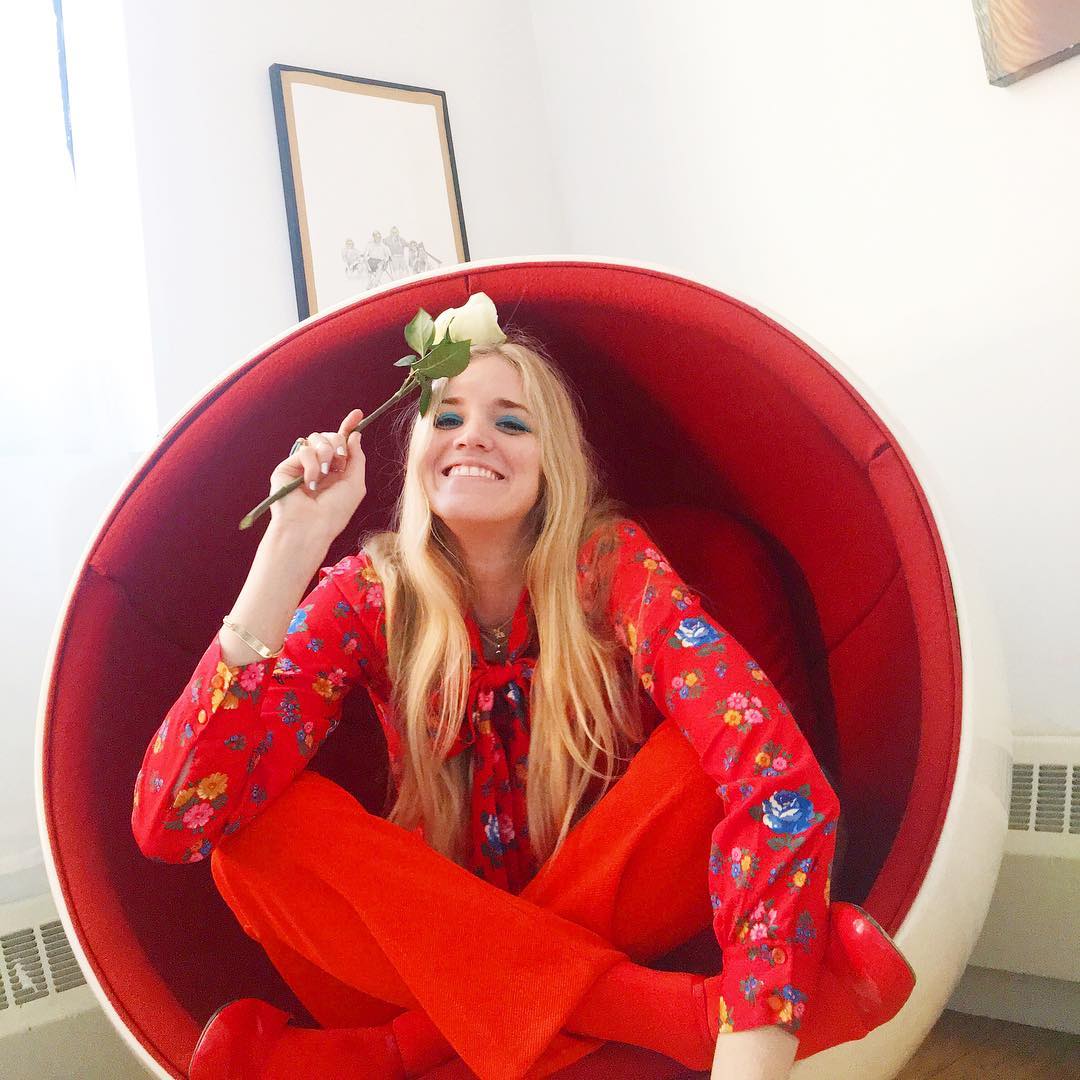By Kelsey Mulvey
It’s 2017, and “making it in the biz” doesn’t mean you have to work at a glossy magazine. You can work for a cool new website, create engaging Instagram stories, or even be a full-time freelancer. But the one career option you might not have seen didn’t see coming: Working as an editor for a brand.
Over the past few years, editors from tons of print brands (think Lucky, Teen Vogue, and the Wall Street Journal) have made the switch to writing and editing content at a consumer brand.
To find out what this job is like and why someone would want to make the switch, we spoke with Sue Williamson, who worked at W and Teen Vogue before becoming Milk Makeup’s beauty editor. Here, we chat about her new job and tips for making the switch.
Can you walk us through your career before joining Milk makeup?
Sue Williamson: I actually started out on the fashion side, interning for stylists and in magazine fashion closets throughout college. That led me to an internship at Refinery29, where I realized I really loved writing about both fashion and beauty, not to mention the fast pace of web. I freelanced there for a while after college, writing for other small publications and doing social media for brands at the same time. About a year after I graduated, I became the digital associate (and later, editor) at W magazine, where I wrote about fashion, beauty, and events, in addition to [managing] all of their social media. After that, I went to Teen Vogue, where I wrote about fashion and beauty for print and web, and now I’m here at Milk Makeup!
What prompted you to make the switch from conventional editorial to working as an editor for a brand?
SW: Honestly, it was the brand. I totally fell in love with it — the launch was actually one of the first things I wrote up at Teen Vogue! But at the same time, I have to admit, it was a bit of a leap of faith. I loved everything about being an editor and was truly in my dream job at Teen Vogue, but when the opportunity came up, I thought, ‘Okay let’s try this.’ Milk Makeup was less than a year old at the time, so the thought of joining a young, growing business and watching it become even bigger was really attractive to me. I knew I would learn a lot.
What initially drew you to Milk?
SW: I love the inclusivity of the brand. I grew up feeling like I didn’t fit in or look like everybody else, so the “Whatever your look, we’re into it,” message really resonates with me. I wish there had been a brand like Milk Makeup around back then to validate those feelings of being different and to say, ‘It’s ok, there are a lot of ways to be cool!’ I genuinely think they’re doing something to try and make people feel better in their lives and I wanted to be a part of that.
What was the application process like? Did you have to take an edit test for Milk?
SW: Yes, but it was NOTHING like the monster tests they give you in editorial. I used to have to take days off school and work to complete edit tests for magazines. I actually requested to write a bit more for Milk to make sure I enjoyed the work. It was a big career change, so it was really important to me to make sure it was a good fit for both parties. Psst! Ed teaches an edit test class; sign up now here.
What’s a “typical” day as Milk’s beauty editor like?
SW: I work on almost every bit of copy you see from Milk Makeup, so my day usually involves meeting with and collaborating with all the various departments and getting them what they need. Some days that means sitting with the product team to check out what’s coming up for the next season (get excited…), other days I’m working with creative and marketing on scripts for upcoming videos. And sometimes I’m writing copy for our shelves at Sephora and Urban Outfitters. I’m also working on something super special launching later this year, but you’ll have to wait and see it then!
Have you noticed any big differences between working in editorial and working for a brand?
SW: It’s very different! Editorial (especially online) is very fast-paced and unpredictable — you never know who’s going to get a new haircut or start a trend that needs to be written up immediately. Meanwhile, at a brand just by nature things are usually a little more planned out. You know every season you’ll need copy for the new products, home pages, and videos.
The other (maybe obvious) difference is that you’re going from writing as yourself to writing on behalf of a company, which is a lot of responsibility. You have to be very literal and clear. At a magazine or website, you can be pretty poetic about products and trends, but at a brand the copy needs to be equally educational and entertaining.
Do you have any advice for my readers who are interested in making the switch from magazines to a brand?
SW: My biggest piece of advice is to start reading anything and everything on the products around you. I was really familiar with Milk Makeup before working here and that made it A LOT easier to make the leap.
Kelsey Mulvey is a New York-based writer and commerce reporter at Business Insider. She has written for several publications such as The Wall Street Journal, Time Out New York, LuckyMag.com, Wallpaper.com. Check out more of her work at KelseyMulveyWrites.com and follow her on Instagram and Twitter.




 What Junior Editors Should Know Before Asking For a Promotion
What Junior Editors Should Know Before Asking For a Promotion